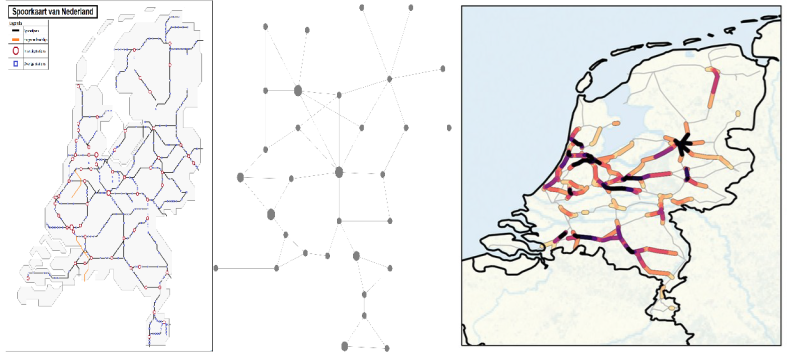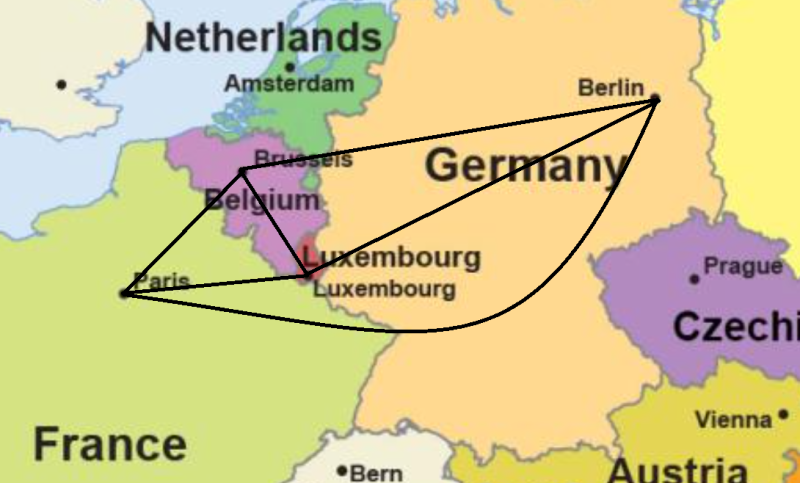One of the major challenges NETWORKS is facing concerns bridging the gap between our mathematical results and their use in the world around us.
I think it's fair to say that our focus is very much on deriving fundamental properties of networks, typically in a stylised setting in which all kinds of domain-specific features are left out. This is of course one of the major strengths of mathematics: look at problems from an abstract angle and focus on their essentials. But it can be a pitfall, too: the translation into practically useful insights may be substantially more involved than anticipated. In particular, it requires intensive interaction with the domain experts.
To foster a fruitful interaction with a specific application domain, NETWORKS has organised various meetings with Dutch top researchers in the social sciences and economics -- it goes without saying that in these domains the concept of 'networks' plays a pivotal role, too. About a year ago, we got together in the picturesque village of Doorn, to better get to know each other, to discuss topics that we're passionate about, and to investigate whether there's room for collaboration. After that, there were various shorter sessions, focusing on specific topics.
One thing that was quite striking to me, was that I felt that there is not so much of a language issue between us and quantitative researchers in the social sciences. The tools used, and the models looked at, are in many ways very similar. Of course, we put more emphasis on formally proving things, whereas in the social sciences it is often more about understanding phenomena observed in reality, but there's a lot of middle ground where we meet.
And did our initiatives work out? Has it resulted in interesting collaborations? My personal answer is a convincing 'yes!'. With a student of mine, I had been looking into opinion dynamics, intending to get insight into the spreading of opinions within a network of human beings. In this field the art is to come up with a compact model that is capable of reproducing a wide set of phenomena, such as polarisation and consensus formation. We had developed a beautiful compact framework, a logical extension of the existing models we had read about in the literature, but which covered various additional realistic phenomena. This looked all very nice, but we did not know to what extent our approach was novel, how to convincingly argue what the main strengths of the model are, and, at a more basic level, how to write a paper for a target audience of social scientists.
Enter our colleague, a professor in sociology from Groningen who we had met at the Doorn meeting. In the first place, I think he liked very much the stylized and clean model we had come up with, and even more the fact that it covered this wide variety of phenomena. Secondly, my impression was that he enjoyed it a lot to work with colleagues from another background, with fresh ideas. From that point on, things evolved very naturally: he could smoothly guide us through the literature and think together with us about a logical structure for our paper. Due to his enormous background in this class of models, we managed to improve our work considerably. And, perhaps even more importantly, it led to various ideas for following joint projects. Needless to say that I'm very much looking forward to this!
The featured image is by Volodymyr Hryshchenko on Unsplash.






